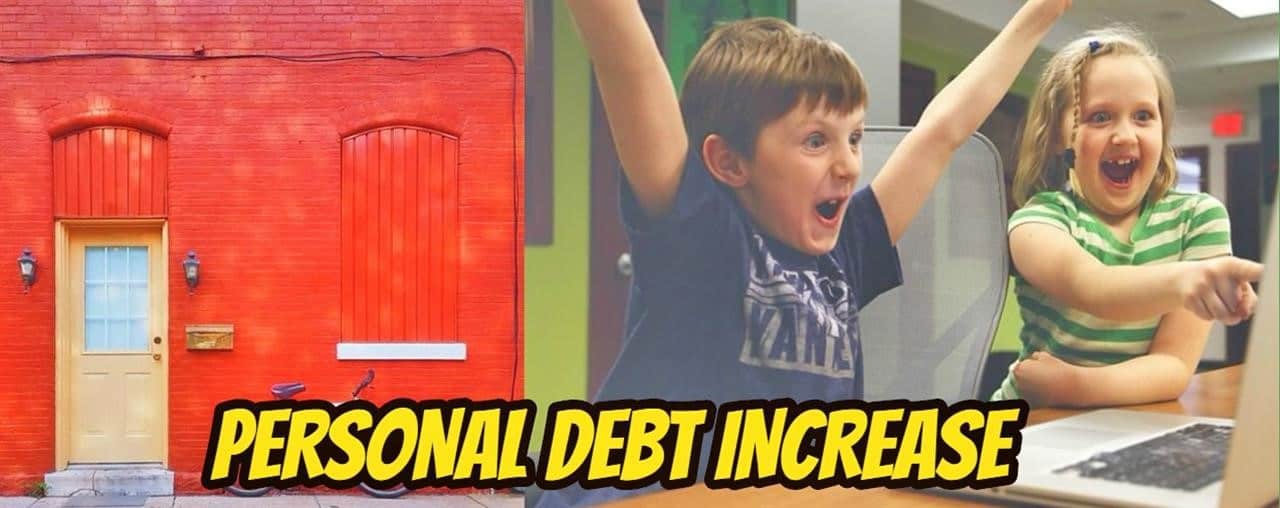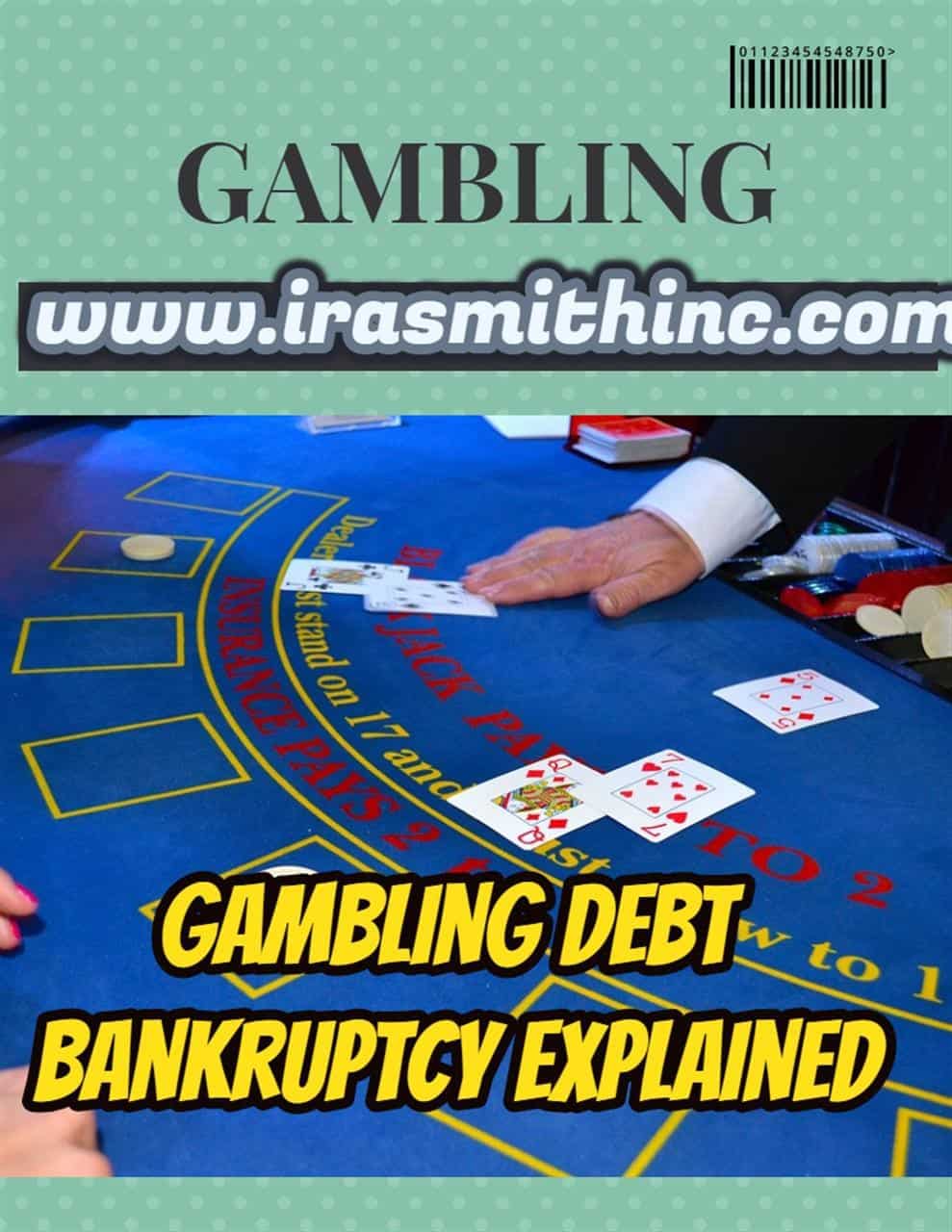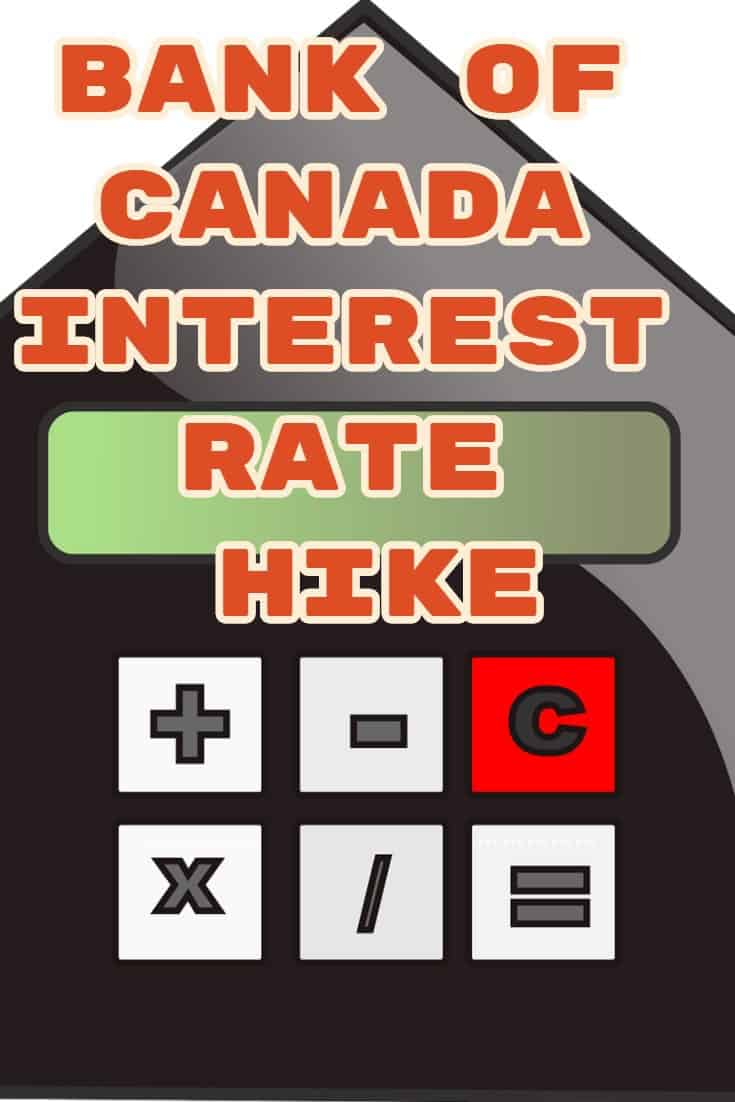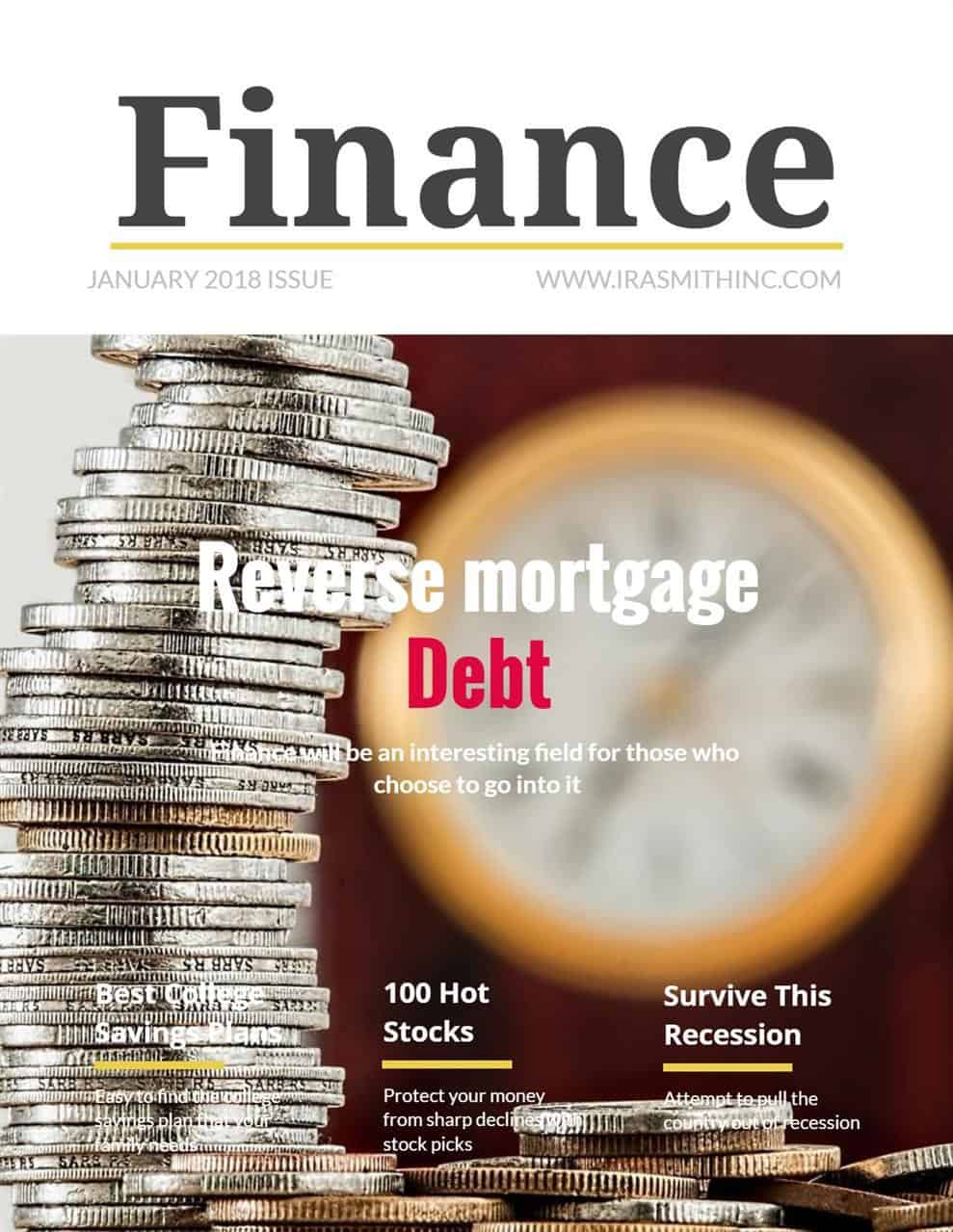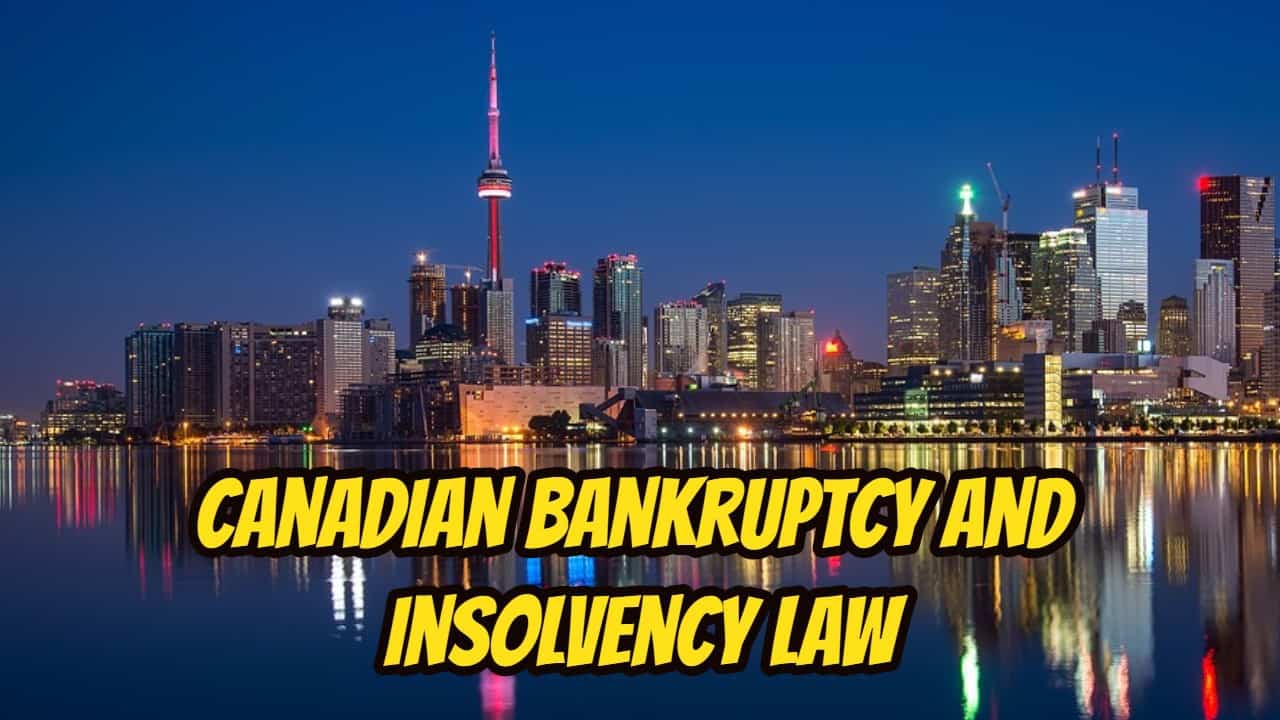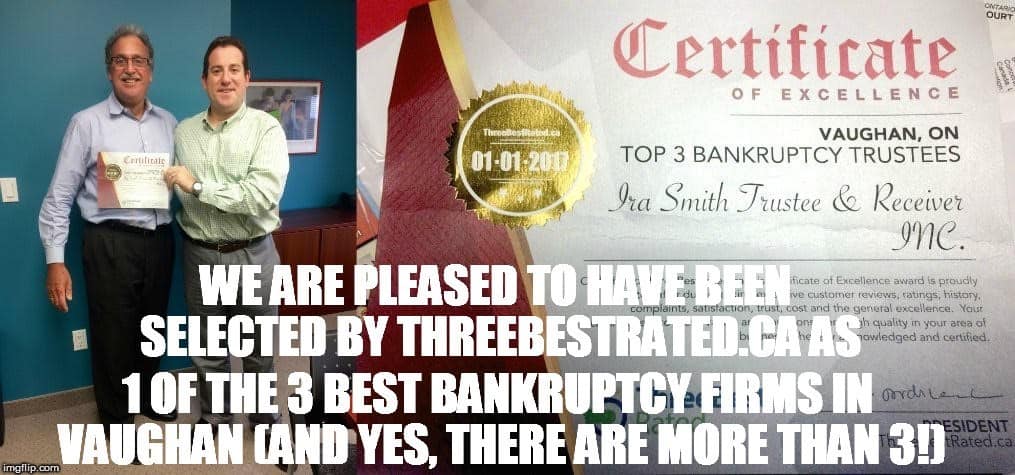Credit card debt trap: Introduction
Many people I help are caught in a credit card debt trap. It’s always good to repay your credit card debt, and now could be a better time compared to ever before to do so.
I have previously written about the Canadian household debt crisis as Canadians take on more debt and average canadian household debt levels increase. Rates of interest are beginning to increase so combining the two creates a mix that can place people in a bind.
Credit card debt trap: A storm is brewing
In December, Statistics Canada reported that the Canadian household debt ratio struck a brand-new high. The ratio of household credit-market debt to disposable income (the key gauge for measuring Canadians’ debt loads) rose to 171.1%.
“Everyone has this sense that there is a storm brewing,” said Bruce McClary, spokesman for the National Foundation for Credit Counseling in the U.S.
“All indications that we’ve seen are that people are carrying higher balances from month-to-month and more are behind on their monthly payments. That’s not a healthy mix.”
Climbing debt levels could suggest people really feel better about the economy. Our concern is that people could be over-extending themselves. Both the US Federal Reserve and the Bank of Canada expect to raise rates later this year, so the cost of lugging credit card debt is most likely to increase.
What can you do try becoming credit card debt-free? Our revolutionary 4 step plan can help get you there.
Step 1. Credit card debt trap: Take control
It isn’t easy to take a difficult look at your financial position, but it is a necessary one. Analyze your financial obligations, and the rates of interest connected to each debt, as well as minimal repayments. Track your costs to get a feeling of what your credit card charges get you every month.
This is the first step in understanding your expenses and cutting back on the ones that are not necessary. To understand where you are going, you should understand where you have actually been.
Step 2. Credit card debt trap: Minimize rates
The typical interest rate on a bank card is about 19 percent. That’s quite high, so you might wish to think about transferring your credit card debt to a card with a reduced or zero-interest first offer rate to help pay it off much faster.
A word of caution: you’ll most likely need to pay a transfer cost in doing so. Also, you will need to pay off the debt prior to that promo rate finishes. Otherwise, the balance at that time is charged a higher interest rate, probably the same or higher than the card you transferred the debt from.
Although I don’t hold out a lot of hope, you can ask your credit card firms if they will decrease your interest rate.

Step 3. Credit card debt trap: Plan choice
If you simply cannot earn enough to fund your repayments, think about a non-profit credit counselling service. Do not go to any of the debt settlement companies that advertise regularly on television or social media.
All they do is charge you a fee to take down basic information, and then send you to a licensed insolvency trustee. Going first to a licensed insolvency trustee will do more good for you in a first free consultation than the debt settlement company will.
There are 2 typical debt settlement approaches– avalanche as well as a snowball. The avalanche method of getting out of the credit card debt trap works by placing all your money towards your highest possible rate of interest debt. As soon as that’s settled, you begin repaying the following most costly debt till it’s all gone.
In some cases, the snowball approach offers much more inspiration. With this technique, you repay the tiniest debt initially, to increase your spirits. You make use of that energy to pay off what is not the smallest outstanding debt and so on. You are picking up steam like a snowball rolling downhill.
It does not matter which method you use. The important thing is that you start now and stick to it.
Step 4. Credit card debt trap: Adhere to it
Remember your single emphasis ought to be lowering debt, so do not plan any kind of elegant getaways or huge acquisitions in the meantime. You could backslide or strike some roadway bumps yet do not allow that to sap your inspiration.
Now for the tough part. When possible, save some money to aid with unforeseen expenditures that you would normally place on your credit card. This will lessen the amount you would have to charge by paying with cash.
Credit card debt trap: A lengthy and painful trip to get out of it
It’s an incredibly lengthy and painful trip to get out of the credit card debt trap. It also can be a very lonely one. People don’t get into the credit card debt trap overnight, so you can’t get out of it without some hard work.
The Ira Smith Team has helped many people stay the course and be stimulated by their successes. We have helped many people avoid bankruptcy.
Contact the Ira Smith Team today. Your first consultation is free. We will be there with you every step of the way to help you out of the credit card debt trap so you can begin living credit card debt-free. If it isn’t credit card debt you are worried about, but rather other kinds of debt trap you may be caught in, we can help free you from those too.
To deal with debt you need the help of a debt professional – a trustee. Dealing with debt is not something that you can put off any longer. Start the New Year off right by calling Ira Smith Trustee & Receiver Inc. today and make an appointment for a free, no-obligation consultation.
We can give you back peace of mind and put you on the road to debt free living Starting Over, Starting Now.





